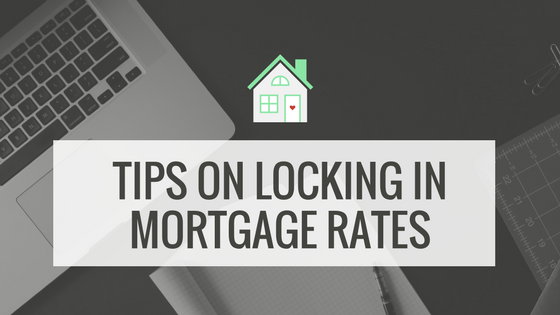
When you speak to a mortgage lender about the most important details for your potential mortgage, rates will almost certainly be one of your primary topics. Mortgage rates, which refer to the interest rate you pay over the life of your mortgage, can go a long way to determining whether the loan is a good or bad deal for you based on your finances.
At Mortgage Investors Group, we can help you with all mortgage rate questions. Here are some basics on these, a few misconceptions, and some tips on when during your mortgage process might be the best time to try and lock your rate in.
Rate Basics
In general, interest rates can be either fixed or adjustable, depending on the type of program you look for. You’re usually looking for annual percentage rate, or APR – this is the total cost of credit, expressed as a yearly rate, that includes interest, mortgage insurance, and any origination fees that come with the loan. In essence, APR is the true amount you’ll pay.
Interest rates can fluctuate based on several factors, including inflation, the stock market, basic economic data, the Federal Reserve, geo-politics and various other worldwide events. These fluctuations can take place during your mortgage application process, meaning the timing you use to lock in your rate could be important.
Rate Misconceptions
There are a couple common misconceptions about locking in mortgage rates:
- If rates go lower after locking, I can get that rate: Unfortunately, this isn’t always the case. Once you lock in your rate, your mortgage lender locks in that amount of money at that rate on the security market. You’re safe if rates go up, but if they go down, you won’t automatically get a lower rate.
- I’ll skip locking and hope for a good rate at closing: In most cases, the risks here outweigh the benefits. If rates jump or your situation changes, you have no choice but to pay a higher rate – or you might not even qualify. Locking in earlier generally brings peace of mind.
When to Lock In
When to lock in your rate will vary depending on your situation. There are several options available – usually 30, 45, 60, and 90-day options. You generally want to have your rate locked in by 15 days before closing, and the most favorable period is generally when you’re within the 30-day timeframe. The longer the period, the higher the rate will typically be – from a cost perspective, it’s usually best to hold off until the shorter period.
For more on when to lock in mortgage rates, or to find out what our mortgage company can do for you, speak to the pros at Mortgage Investors Group today.
![Mortgage Investors Group in [Dynamic1]](../assets/images/mortgage-investors-group.svg)


